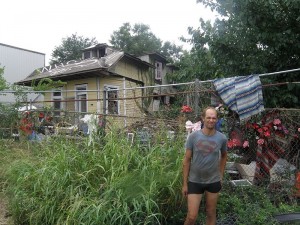Thich Nhat Hanh:
…we have the Statue of Liberty on the East Coast. But in the name of freedom, people have done a lot of damage. I think we have to build a Statue of Responsibility on the West Coast in order to counterbalance. Because liberty without responsibility is not true liberty. We are not free to destroy.
-PBS interview 2003
During this time of COVID, some Americans are refusing to wear masks because it infringes on our freedom. One such person said: “We’re Americans, we can do whatever we want.”
Dorothy Day’s life makes clear how differently we live when we rely on our spiritual tradition as the source of our actions. Clinging to a half-baked definition of “freedom” is bad. However, simple “decency” may not be quite enough. And here is where Day makes us uncomfortable.
Day made her spiritual home in the Roman Catholic Church. She did not blind herself to its many faults. However, here she found she could dig down deep into a level of commitment to God-in-each-other. And so she stayed. Why did she not remain devoted to Communism? Many of the same ideas and visions of justice remained with her always. What was missing?
We have ideas of justice, of freedom and responsibility, of the family of humanity. Recognizing God-in-each other is more than an idea, it is a gut-wrenching challenge to everything we hold dear.
The Catholic Church is not the sole, or even perhaps best, spiritual home for most Americans. The dig-down-deep spiritual traditions of 2020 cannot be enumerated. The specific source of gut-based, love-based, willing-to-sacrifice conscience does not matter. Catholics called humanity “The Mystical Body of Christ.” By any other name, it means the same.
Provided we dig down deep.









